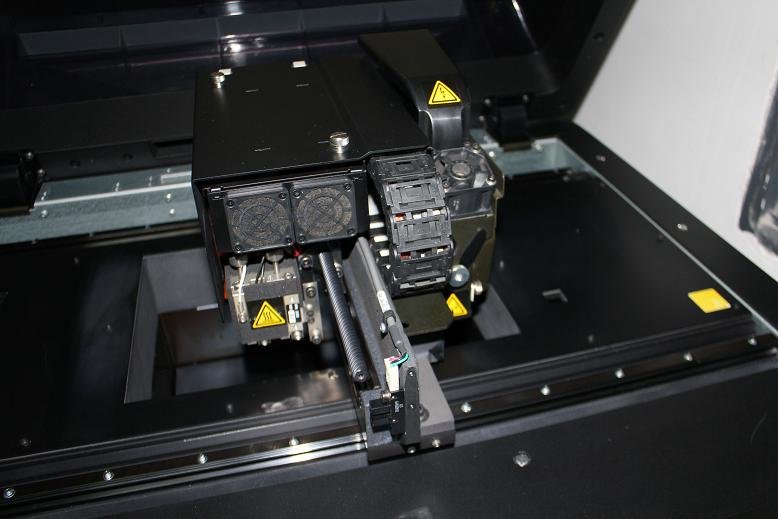Get in touch.
Dear,I will reply in 12 hours. All your message are protected!
Rapid Prototyping Services, Professional manufacturer of CNC Prototyping and 3D Prototyping in China.
Over the last few years, smart phone manufacturers and app developers have been pioneering technology that suggests a shift in the role that mobile devices play in their users’ lives. Social media feeds and Angry Birds are now jostling for disk space with fitness and sleep monitoring apps of all kinds, re-imagining the phone as an important health tool as well as a communication device. The latest breakthrough in this field, by engineers at the University of California San Diego, will enable diabetes patients to monitor their glucose levels, and 3D printing was a key part of the development process.


“Integrating blood glucose sensing into a smart phone would eliminate the need for patients to carry a separate device,” said Patrick , a professor of electrical and computer engineering at UC San Diego. “An added benefit is the ability to autonomously store, process and send blood glucose readings from the phone to a care provider or cloud service.”
The technology allows a person with diabetes to check their blood sugar levels whenever necessary, wherever they happen to be, using a few simple components and a proprietary mobile app. The main part is a slim, specially designed smart phone case, which was produced cheaply using 3D printing technology. This has an integrated sensor on one corner, which is reusable.
A number of small, one-time use, enzyme-packed pellets that magnetically attach to the sensor are housed inside a 3D printed stylus, which is attached to the side of the smart phone case., which reacts with glucose. This chemical reaction generates an electrical signal that can be measured by the sensor’s electrodes, and the greater the signal is, the higher the glucose concentration. Tests with known glucose concentrations showed that the system can measure blood sugar levels to a very high degree of accuracy.
To test glucose levels, a user dispense a pellet onto the sensor, which activates it. The user then drops their blood sample on top, and the sensor measures the blood glucose concentration as explained. The data is then wireless transmitted, via Bluetooth, to a custom-designed Android app. This software displays the numbers simply on the smart phone screen, for the user to get an easy reading, and the whole process takes just 20 seconds.
The next steps for the project will be to test the technology on actual blood samples instead of just pre-prepared glucose concentrations, as well as minimizing sample volumes. The current prototype uses at least a dozen drops of sample per test, which is more than the finger prick normally required from a diabetes patient for this kind of DIY monitoring kit. Getting the price of the pellets down is also something that might be necessary in order to make the system commercially viable, as they are slightly more expensive than the test strips currently used.
If this project is successful, the team hopes to one day come up with a way to integrate this kind of sensing technology directly into the mobile device, without the need for a special case. Its applications needn’t be limited to diabetes patients either. “This system is versatile and can be easily modified to detect other substances for use in health care, environmental and defense applications”. The project was supported in part by the National Institute of Biomedical Imaging and Bioengineering of the National Institutes of Health.
© 2005-2025 Shenzhen Tuowei Model Technologies Co., Ltd. | All Rights Reserved 粤ICP备11096697号